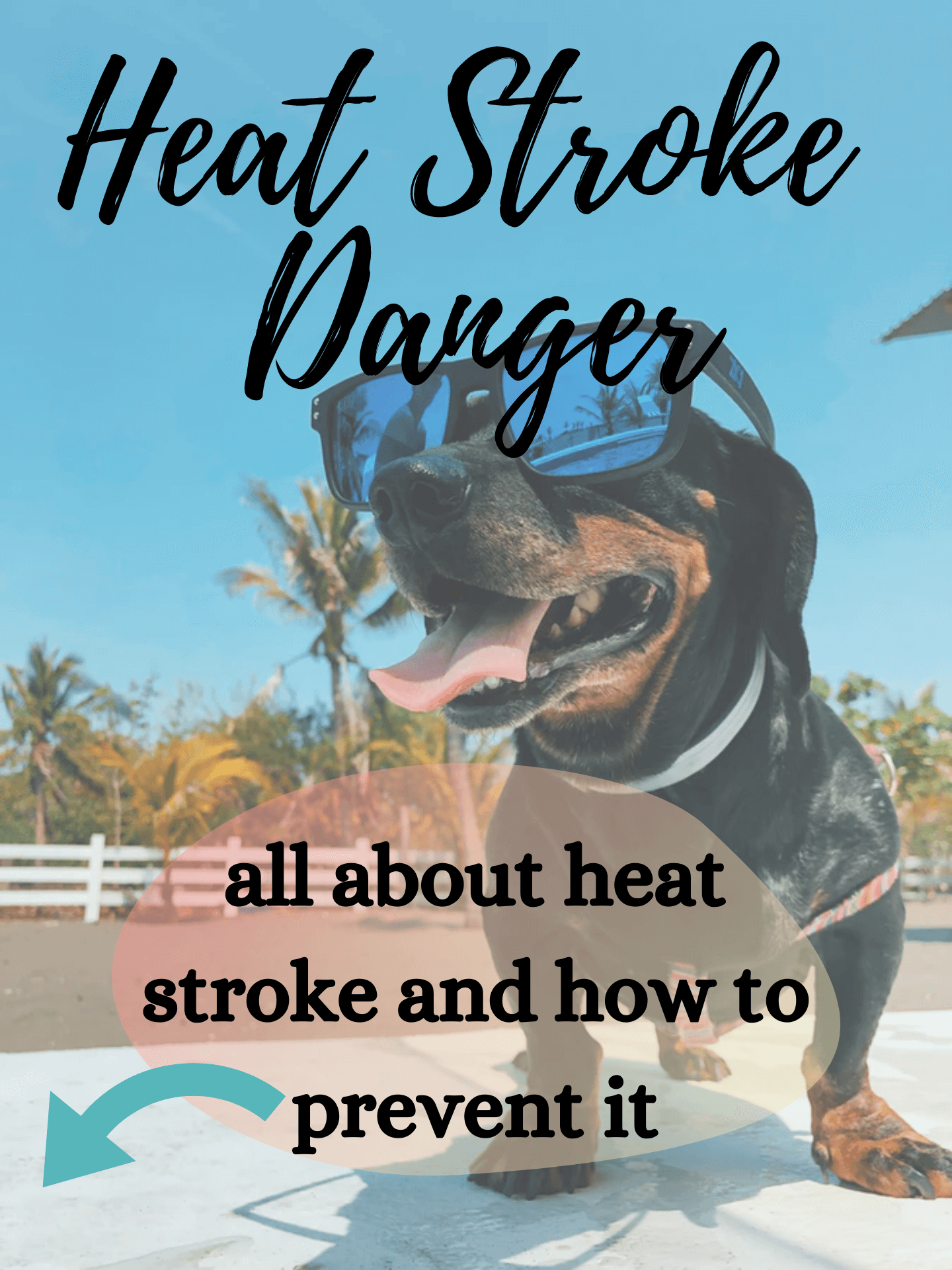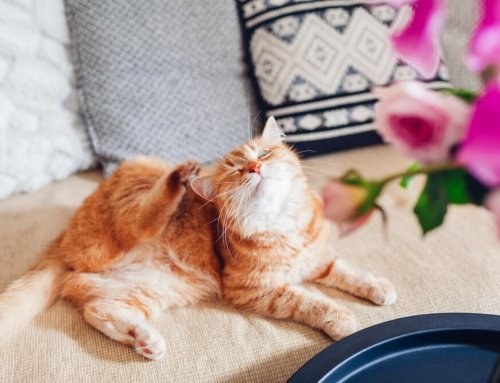
This week is going to be a hot one! How can we keep our pets safe when the risk of hyperthermia (heat stroke) is just beginning for the summer?
As the temps rise and summer sets in, the risk of heat stroke poses a threat to our companion animals. Some of the most common causes of this life-threatening condition are:
- Animals left behind in a hot car
- Exercise outside in high temperatures
- Being outside without water or shade for prolonged periods of time
If your animal is brachycephalic, their risk is increased due to their anatomy alone. Older and overweight pets are also more susceptible to heat stroke under these conditions.
What is heat stroke?
Also known as hyperthermia, heatstroke is a dangerous condition that can lead to multi-organ failure from inflammation, changes in tissue perfusion, and coagulation issues. Neurologic signs can also be seen due to decreased blood flow to the brain (collapse, weakness, and seizures).
Pulmonary edema, renal failure, and hemorrhagic gastrointestinal signs are also common consequences of heatstroke.
What are the signs of heat stroke?
- Panting, rapid heart rate
- Drooling
- Warm to the touch
- Red mucous membranes
- Weak or unresponsive, slow to rise or unable to rise
- Vomiting
- Neurologic signs (staggering, seizures, muscle tremors, even coma)
How do we prevent heat stroke?
When the temperatures rise, it is best to limit outdoor activity. The hottest times of the day are the highest risk. Morning and evening are generally safer. Access to shade and water are crucial for successful outings in the summer.
What if you suspect heat stroke?
Suspect heatstroke is always an immediate emergency. Stop all activity and carry your animal to a shaded area with cool air circulation. Contact your veterinarian immediately and seek assessment/treatment. Fortunately, we have access to an emergency 24-hour veterinary service in this valley (PETS Emergency and Trauma Services in Bozeman).
Stay cool, stay safe, and have fun this summer!








Leave A Comment